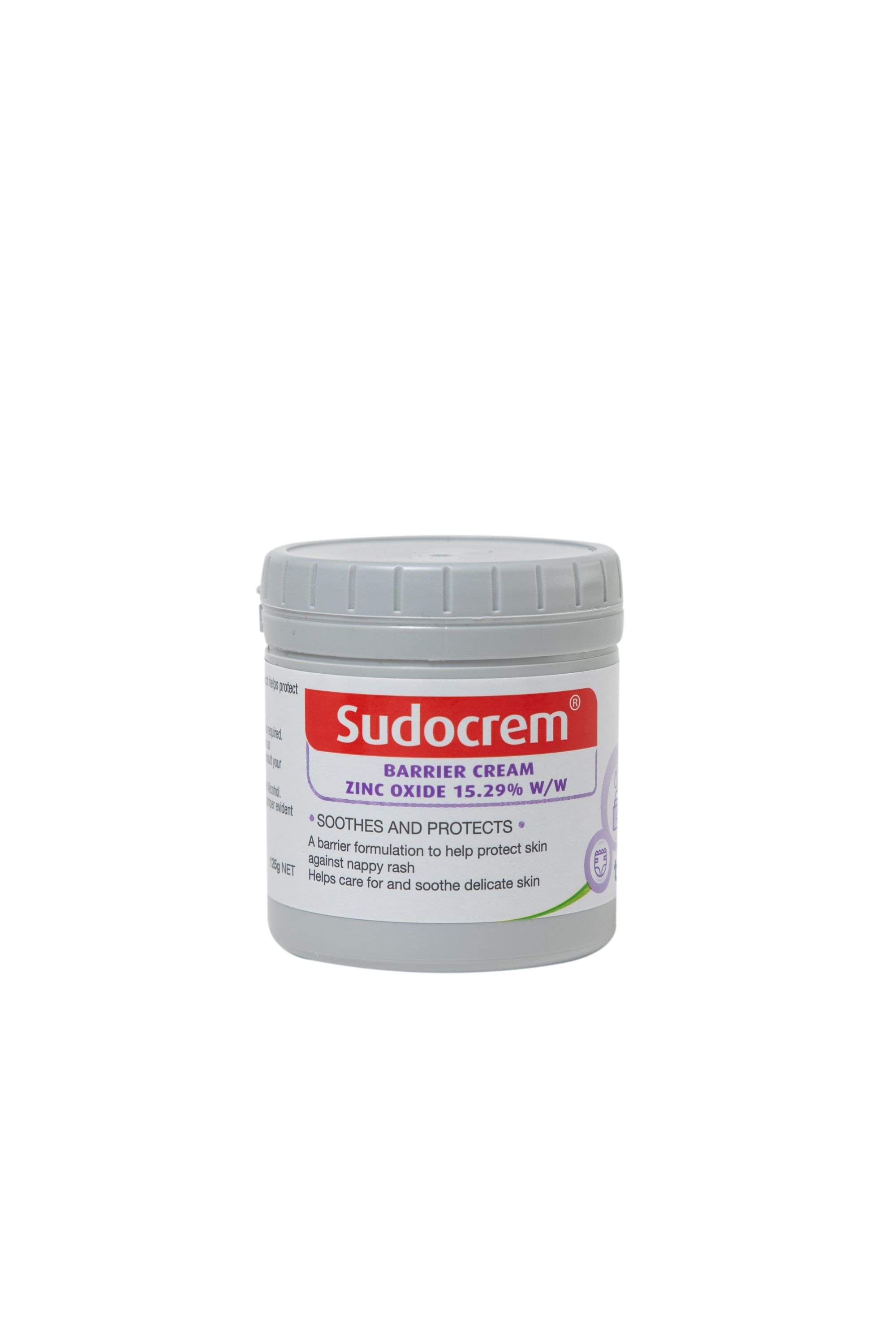Nappy Rash
Nappy rash is a very common skin condition in young children who wear nappies/diapers.
Usually nappy rash is mild and doesn't bother your baby but it can be sore when you wipe the area. Sometimes if the skin is raw, it can be very sore and may make your baby unsettled or irritable.
Nappy rash can make the skin on the bottom, genitals and sometimes the upper thigh, look red, spotty, blistered, shiny, moist or dry. How it presents will depend on your baby’s skin.
Causes
Some babies will get lots of nappy rashes, while other babies have only a few rashes.
The main cause of nappy rash is wearing a wet or dirty nappy for too long. The wetness can irritate your baby’s skin and cause it to look red and angry.
Some babies get nappy rash due to their skin getting irritated by certain brands of nappies. If you think this is the case, it is a good idea to try a different, more sensitive, brand of nappies.
Other causes can be diarrhoea, new foods or antibiotics.

Treatment and prevention
There are a few ways you can help keep your baby’s skin healthy and prevent nappy rash:
change nappies as soon as possible after they become wet or dirty
use a water wipes or a clean warm wet cloth to wash. Many disposable wipes contain irritants that are not suitable for babies
apply a barrier cream to dry skin before putting a new nappy on
give as much nappy free time to your baby as possible each day
never use talcum powder
Most nappy rash gets better with these simple steps.
See your pharmacist or doctor if the rash lasts for more than a few days, gets infected or if your baby gets a fever.
Sudocrem is a zinc-based emollient cream that soothes and protects skin. It provides a barrier between the skin and substances that cause irritation such as all forms of moisture but specifically urine and faeces.
Apply a barrier cream thickly around your baby’s anus and penis or vulva (around the irritated area of your baby’s bottom) at each nappy change. You don’t need to clean away all of the barrier cream from the previous nappy change if the nappy is only wet.
Always read the label and follow the directions for use.
For more information you can visit:
